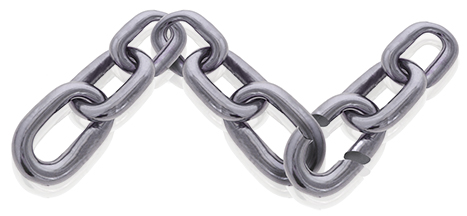 I am shaking my head. I am on a chat
with a customer service representative at a web hosting company. I am having
trouble with a website that is acting erratically. I suspect there is a bug in
the server. The person on the chat tells me they are not able to help me and
suggests I hire my own programmer. I have talked to the programmer, I say, and
we have eliminated an error in the code (because we put it on a test server and
the website worked perfectly). Then the person on the chat line for the tech
company I am working with lets me know they really don’t know anything about
servers and, if I want to talk to a real person, they will require me to agree
to pay them by the hour for the conversation. Do you know what I did? I
canceled the service and went elsewhere.
I am shaking my head. I am on a chat
with a customer service representative at a web hosting company. I am having
trouble with a website that is acting erratically. I suspect there is a bug in
the server. The person on the chat tells me they are not able to help me and
suggests I hire my own programmer. I have talked to the programmer, I say, and
we have eliminated an error in the code (because we put it on a test server and
the website worked perfectly). Then the person on the chat line for the tech
company I am working with lets me know they really don’t know anything about
servers and, if I want to talk to a real person, they will require me to agree
to pay them by the hour for the conversation. Do you know what I did? I
canceled the service and went elsewhere.
Over the next few weeks, I am going
to address some common marketing problems I see in the current marketplace.
Today I am addressing the lost business practice of customer service. I call it
a lost art because I commonly see (and experience) businesses that seem to have
completely abandoned any type of problem-solving for the customer after the
sale. After they have shipped the product, they wash their hands of any
responsibility if it didn’t work. There was a time when there was a common
mantra recited in business: the customer is always right. That has been laid
aside for various reasons, such as the demands of customers have outstripped
producers’ ability to meet their expectations, there are not enough workers to
keep up with demand, and it is easier to give their money back than to fix the
problem. What I have found is this: customer service is broken across many
industries.
You may be thinking: I know customer
service is a problem, but what does that have to do with marketing? If your
definition of marketing is just getting people to notice your brand, then I
would see where you might ask this question, but I believe marketing is more
than just attracting attention to your brand. Marketing also gives consumers a
reason to actually purchase your products and services, and it also helps
retain them after the sale — and this is where customer service comes into
play. Here is an axiom of business: it is easier to retain your current
customers than to replace them with new customers. Why? Because the current
customers have already been sold. The marketing worked on them. You are not
plowing unfurrowed terrain. So what do current customers need to keep coming
back? There are four general criteria in a customer’s experience that they use
to judge the company they just bought from.
• Was the
quality good?
• Was the price
right for what I received?
• Was it
delivered in a reasonable amount of time?
• Did I have a
good experience with the people in the company (aka friendly customer service)?
If you did a good job on quality,
price and delivery, but you were a jerk to the customer, they will never buy
from you again. Worse yet, they will spread the word that you are a bad company
— not because you have a bad brand, but because you have bad customer service.
How does marketing factor into the
customer service equation? Marketing should take the lead in asking if a
customer is satisfied. Not everyone who is upset with your company will voice
it to you unless asked, they will just never come back. This kind of open-opinion
survey of customers will help you find the problems. Your commitment to fixing
the problem will determine if the buyer remains your customer. But it also
fixes something in the minds of customers even if they are happy with their
purchase and the way they were treated during the process. If you ask them for
their opinions, there is a perceived value to the relationship you have
established between customer and brand. That "feeling” is what makes first-time
customers lifelong, loyal customers. This is the goal of any marketing plan.
If you want to retain your customers,
take a hard look at your customer service practices. If your business practices
are leaving your patrons with bad feelings, find out what is going wrong from
the customers’ side of things and change things. Your marketing should take the
lead on this.